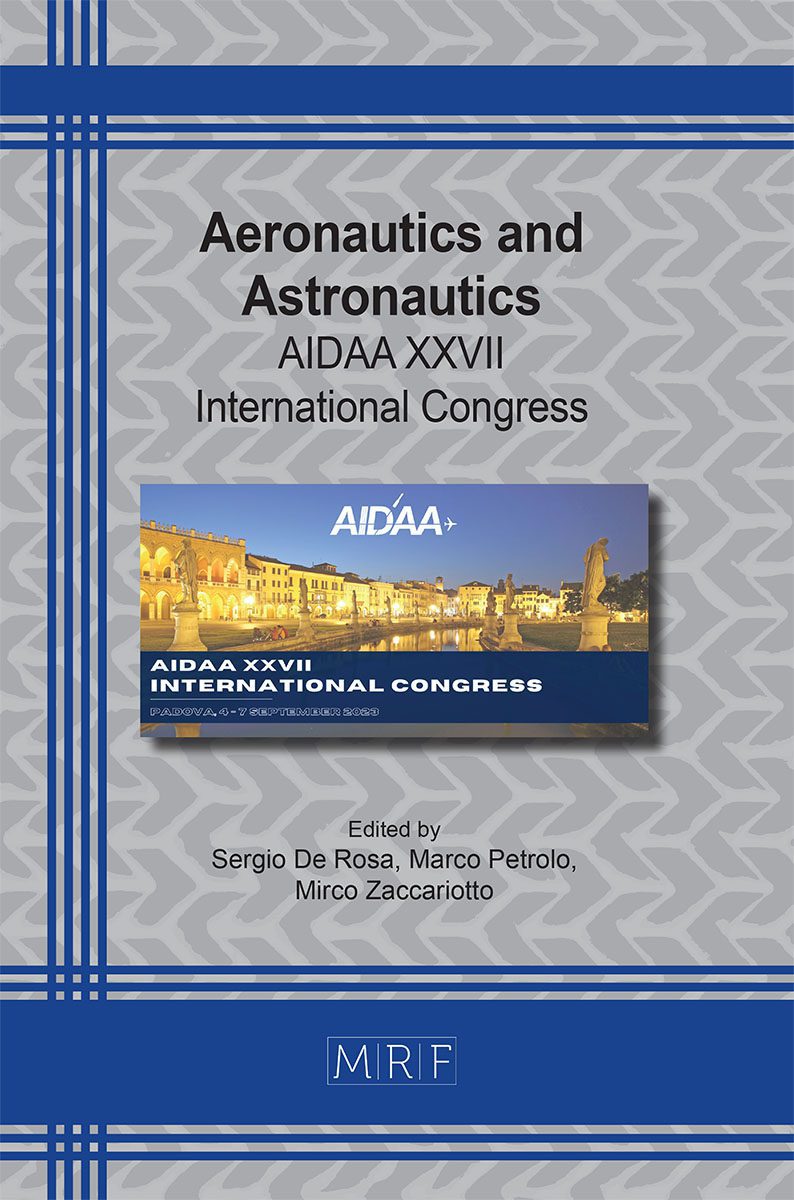Requirements definition in support of digital twin platform development
Castrese Di Marino, Valeria Vercella, Rocco Gentile, Giacomo Nasi, Stefano Centomo
download PDFAbstract. This paper discusses the exploitation of a System Engineering approach and, specifically, of Requirements Engineering to derive a set of desired features based on stakeholders’ needs to be implemented into a Digital Twin (DT) platform. Key focus is on the development of a collaborative and highly integrated simulation environment tailored for the design of breakthrough aeronautical products and able, in principle, to cover all the phases of product lifecycle. Specifically, a preliminary list of platform requirements is elicited and from them a set of desired features to be implemented is derived. Then, basing on these features, a Kano questionnaire is set up and used to question a pool of engineers and experts in the aeronautical field. Eventually, by analysing the questionnaire results, the list of desired characteristics is prioritized and used to provide guidelines for the development of the front-end interface of the collaborative platform.
Keywords
Digital Twin Platform, User Experience, Aeronautics, Requirements
Published online 11/1/2023, 5 pages
Copyright © 2023 by the author(s)
Published under license by Materials Research Forum LLC., Millersville PA, USA
Citation: Castrese Di Marino, Valeria Vercella, Rocco Gentile, Giacomo Nasi, Stefano Centomo, Requirements definition in support of digital twin platform development, Materials Research Proceedings, Vol. 37, pp 249-253, 2023
DOI: https://doi.org/10.21741/9781644902813-54
The article was published as article 54 of the book Aeronautics and Astronautics
![]() Content from this work may be used under the terms of the Creative Commons Attribution 3.0 license. Any further distribution of this work must maintain attribution to the author(s) and the title of the work, journal citation and DOI.
Content from this work may be used under the terms of the Creative Commons Attribution 3.0 license. Any further distribution of this work must maintain attribution to the author(s) and the title of the work, journal citation and DOI.
References
[1] L. Li, S. Aslam, A. Wileman and S. Perinpanayagam, Digital twin in aerospace industry: a gentle introduction, IEEE Access, 10 (2021) 9543-9562. https://doi.org/10.1109/ACCESS.2021.3136458
[2] H. Aydemir, U. Zengin and U. Durak, The digital twin paradigm for aircraft review and outlook, AIAA Scitech 2020 Forum (2020). https://doi.org/10.2514/6.2020-0553
[3] M. Liu, S. Fang, H. Dong and C. Xu, Review of digital twin about concepts, technologies, and industrial applications, Journal of Manufacturing Systems, 58 (2021) 346-361 https://doi.org/10.1016/j.jmsy.2020.06.017
[4] H. Meyer, J. Zimdahl, A. Kamtsiuris, R. Meissner, F. Raddatz, S. Haufe and M. Bassler, Development of a digital twin for aviation research, Deutscher Luft- und Raumfahrt Kongress, Hamburg, 2020
[5] Information on http://www.airbus.com/en/innovation/disruptive-concepts/digital-design-manufacturing-services
[6] S. J.Kapurch, NASA systems engineering handbook, Diane Publishing, 2010.
[7] B. Vogel-Heuser, D. Schütz, T. Frank. and C. Legat, Model-driven engineering of Manufacturing Automation Software Projects – A SysML-based approach, Mechatronics, 24, n. 7 (2014) 883-897. https://doi.org/10.1016/j.mechatronics.2014.05.003
[8] K. Samina, T. Shehryar and S. Nasreen, A survey of feature selection and feature extraction techniques in machine learning, in Proceedings of 2014 Science and Information Conference, SAI 2014, 2014
[9] N. Kano, Attractive quality and must-be quality, Journal of the Japanese society for quality control, 31, n. 4 (1984) 147-156































